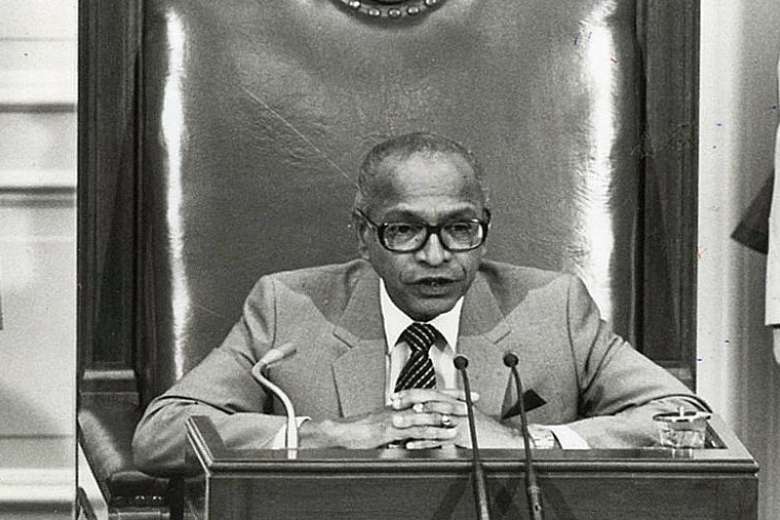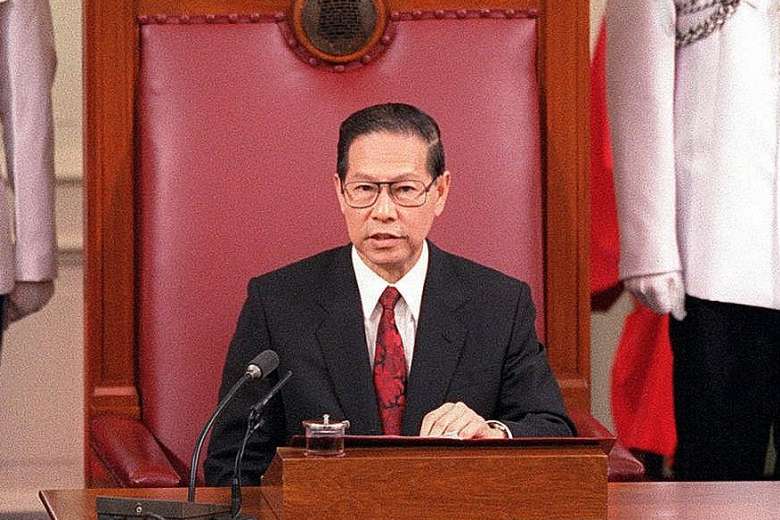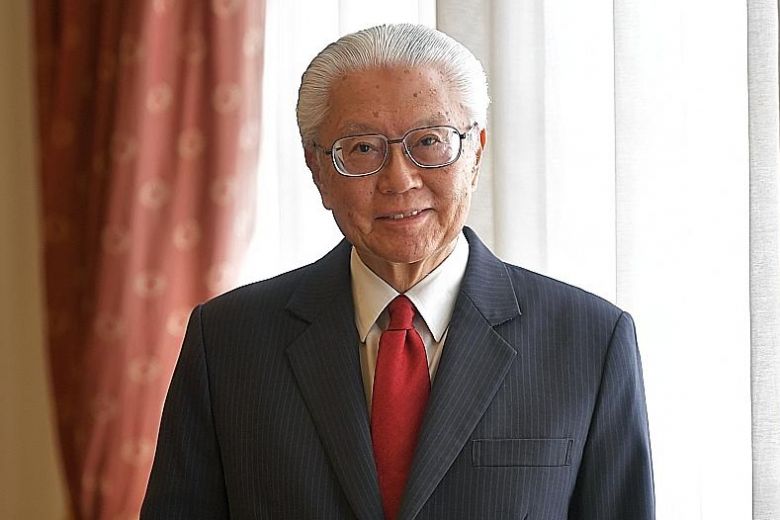From MP to president: What happens when my MP becomes the head of state?


It may sound like a strange proposition that your Member of Parliament (MP) suddenly becomes your president. Yet this is exactly what happened in 2017 to the residents of Marsiling-Yew Tee, when Halimah Yacob was named Singapore’s eighth president and the first female to boot.
Prior to her appointment as head of state, she served as MP since 2001 as a People’s Action Party (PAP) member, first in Jurong Group Representation Constituency (GRC) and later in Marsiling-Yew Tee GRC.
She was also the first female Speaker of Parliament in history.
However, when she decided to run for president, she had to relinquish her roles as Speaker and MP, and resign from the PAP as the president cannot be a member of a political party, and stands above party politics, as described on the explanatory note on the role of the president.
So what happened to her duties as an MP after she resigned?
In the case of President Halimah, her role as grassroots adviser was taken over by another MP, Zaqy Mohamad, who is an MP of Chua Chu Kang GRC and also serves as the grassroots adviser there.
For the other constituency programmes and Meet-the-People Sessions, they were covered by Marsiling-Yew Tee GRC anchor MP Lawrence Wong, who is also the current National Development Minister, remaining MPs Ong Teng Koon and Alex Yam, and Zaqy, who is also the Minister of State for National Development and Manpower.
Why was no by-election held to replace President Halimah you may ask?
Wong Souk Yee, a resident of Marsiling-Yew Tee GRC and a member of the Singapore Democratic Party, had the same question and filed an application for a by-election to be held in the GRC and for the remaining three MPs to vacate their spots.
It was ruled that the Government is not duty-bound to call a by-election when a single vacancy arises in a GRC. This was also Parliament’s intention when it amended the Constitution in 1988 to include the GRC scheme, said Singapore’s apex court during the appeal hearing.

President Halimah is not the first to have vacated an MP seat to become the president of Singapore. Singapore’s third — and first Indian — president Devan Nair was also an MP just before he resigned to take up the role as head of state in 1981.
Like President Halimah, Nair played an active role in the National Trades Union Congress (NTUC) before becoming president.
Nair also has the distinction of being the only PAP member who won a seat in the Malaysian General Elections in 1964, in Bangsar constituency in Kuala Lumpur.
When he resigned from the PAP, there were no GRCs and a by-election had to be held to fill the vacant parliamentary Anson seat.
This October 31, 1981 by-election ended up being one for the history books as it marked the first time that an opposition party member would become an MP. Workers' Party JB Jeyaretnam garnered 51.93 per cent of the vote and served as Anson MP until 1986.

Likewise, the fifth president of Singapore Ong Teng Cheong was an MP for Toa Payoh GRC when he stepped down to run for the 1993 presidential election, and he too had played a very important role in NTUC.
As he had resigned from a GRC, no by-election was held. Instead, former MP Tang Guan Seng, who was then the prime minister's political secretary, was made the chairman of PAP's Kim Keat branch, as well as the Kim Keat grassroots adviser in place of Ong.

The seventh president of Singapore Tony Tan Keng Yam was also a former MP with the PAP, but unlike the others on this list, he was not an incumbent MP just before standing for the presidential election in 2011.
He had officially retired from politics in 2005 though he remained a PAP member. That is until 2011 when he resigned to run for president.
kailun@asiaone.com